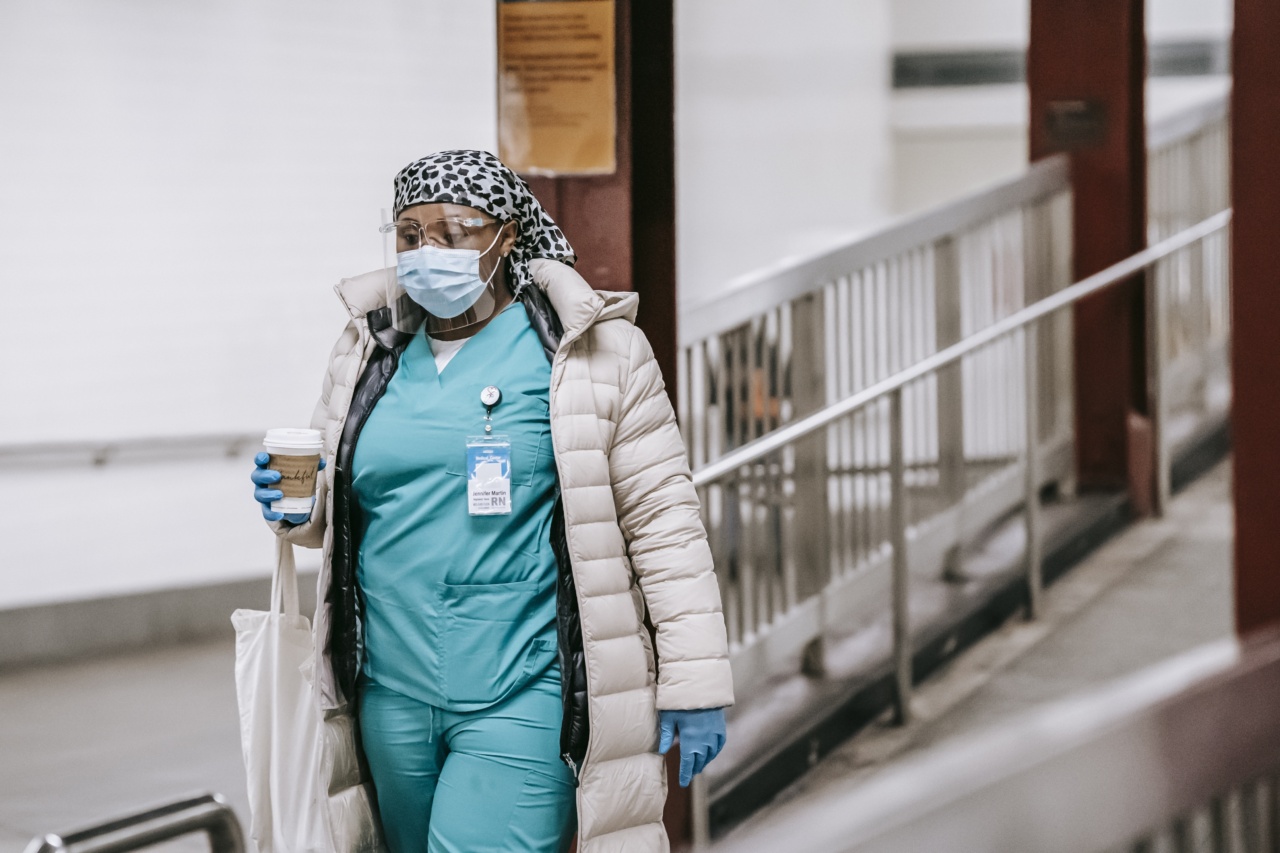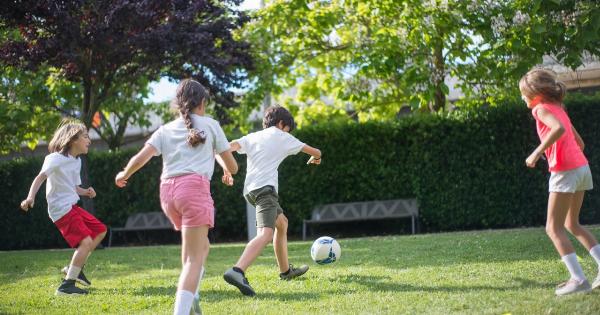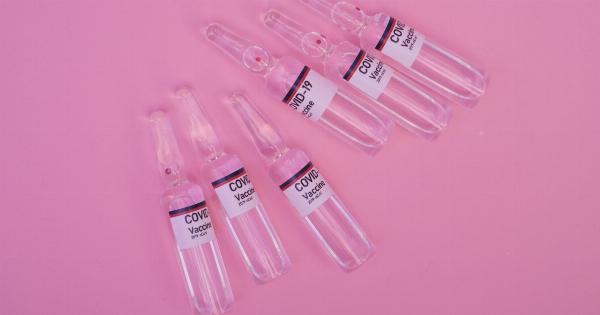The Kronovirus, also known as COVID-19, started as a localized outbreak in Wuhan, China, in December 2019, and quickly spread throughout the world in less than a year.
As of September 2021, the virus has caused over 200 million confirmed cases globally and over four million deaths. With the increasing number of infections, many people are looking for ways to protect themselves, including wearing shields. But how effective are shields in protecting us from infection?.
What are shields?
Shields, or face shields, are a type of personal protective equipment (PPE) that covers the entire face, including the eyes, nose, and mouth. They are made of clear plastic or other materials and are designed to be worn over the face and head.
Unlike masks, shields provide facial protection from splashes, sprays, and droplets, as well as harmful pathogens in the air. They are commonly used in healthcare settings, such as hospitals and clinics, to protect workers from infectious diseases.
Types of shields
There are two primary types of shields: disposable and reusable. Disposable shields are made of thin plastic and are typically used once and then discarded. They are less expensive than reusable shields and require no cleaning or maintenance.
Reusable shields, on the other hand, are made of sturdier materials and can be used multiple times after proper cleaning and disinfection. They tend to be more expensive than disposable shields but can save money in the long run and are better for the environment.
How effective are shields?
Studies show that shields are effective in reducing the spread of COVID-19 when used properly. They provide additional protection when worn in combination with masks, social distancing, and frequent hand washing.
Shields are particularly helpful in situations where people are speaking, such as in classrooms or meetings. They can also be beneficial for individuals who have difficulty wearing masks, such as those with respiratory issues.
Limitations of shields
While shields can be effective in preventing the spread of COVID-19, they do have limitations. Shields do not filter the air in the same way that masks do, which means they do not offer the same level of protection against airborne particles.
Shields can also fog up, which can make it difficult to see, and they can make it challenging to breathe in enclosed spaces. Furthermore, shields are not as secure as masks. They often have gaps around the sides, which can allow droplets to enter and exit.
When to wear shields
Shields are best worn in situations where social distancing is not possible, such as at work or in school. They can also be useful in situations where people are speaking for extended periods, such as in classrooms or meetings.
Shields are helpful for people who have difficulty wearing masks, such as those with respiratory issues or young children. They are not recommended for activities that involve heavy breathing, such as running or exercising.
How to wear shields properly
To get the most out of shields, they must be worn correctly. Here are some tips for wearing shields properly:.
- Clean and disinfect your shield before use
- Wash your hands before touching the shield
- Place the shield over your head, ensuring it covers your entire face and ears
- Adjust the shield to fit snugly against your forehead
- Wear a mask underneath the shield for added protection
- Avoid touching the shield while wearing it
- Clean and disinfect the shield after use
Conclusion
Shields can be an effective form of PPE when used properly in combination with masks, social distancing, and frequent hand washing. They are particularly useful in situations where people are speaking, such as in classrooms or meetings.
However, shields do have limitations and are not a substitute for other COVID-19 prevention measures. It is essential to wear shields correctly and to clean and disinfect them after each use to get the most out of them.





























